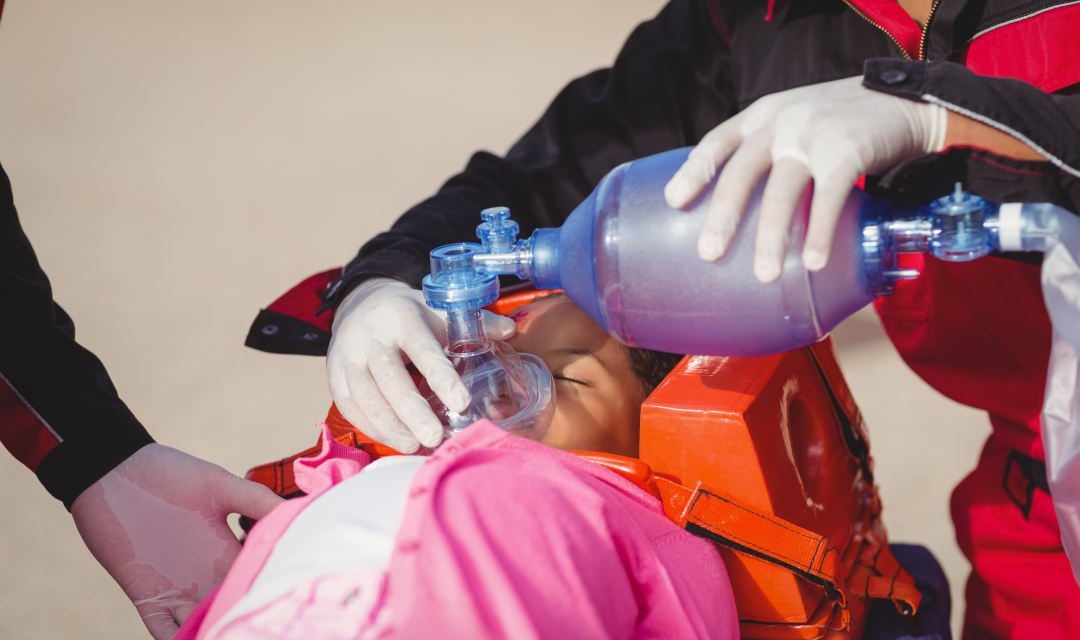


Identification of a life-threatening child 1
Recognizing a life-threatening child, since the survival rate of cardiac arrest in children is often low, it is extremely important to recognize the signs of life-threatening situations in time. Recognizing the symptoms and signs of a serious condition is more...
Asthma
Asthma is a chronic obstructive disease that causes breathing problems. It is characterized by diverse and recurring symptoms, reversible airway obstruction and bronchospasm. During an attack, the airway muscles in the lungs tighten, narrowing the airways and making...
Treatment of hypertensive crisis
After a detailed anamnesis and clinical examination in which we ruled out life-threatening conditions, we gradually lower the blood pressure with the drug that the patient normally takes, in a higher dose or in the maximum allowed dose. We can also use the drugs we...

